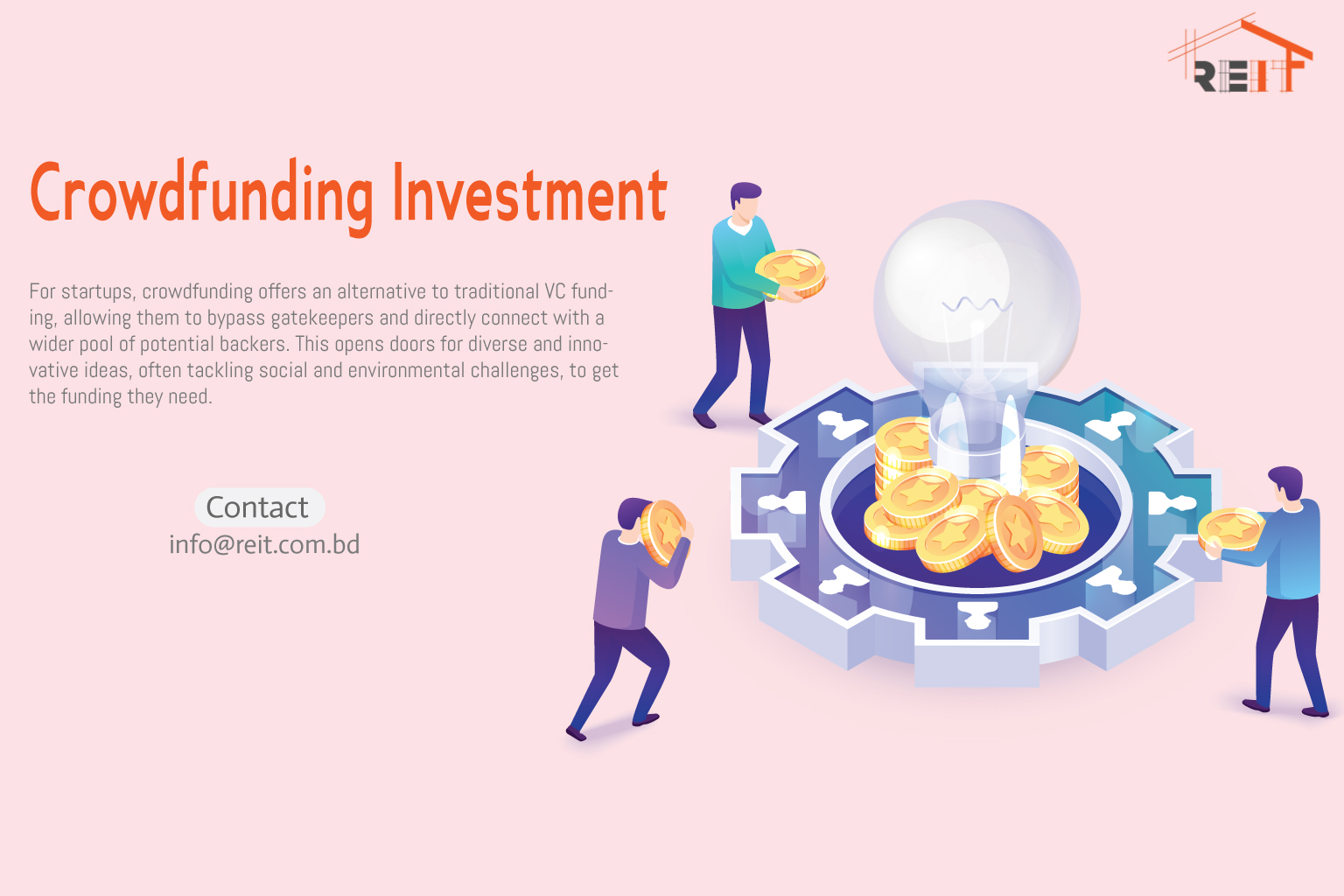Choosing the ideal bond investment aligned with your goals requires a semi-strategic approach. Start by clarifying your investment objectives, whether it’s income generation, capital preservation, or a mix.
Different bond types offer varied risk and return profiles, like government, corporate, or municipal bonds. Assess their credit quality using ratings from Moody’s or Standard & Poor’s; generally, higher-rated bonds are safer but yield less.
Maturity dates matter too; interest rate fluctuations have less impact on shorter-term bonds but may offer lower returns than long-term bonds. Consider how current and forecasted interest rates might affect bond prices and yields.
For broader exposure, bond funds, or ETFs, can offer a mix of various bonds. Don’t overlook the tax implications, particularly with municipal bonds, which might provide tax-free income. It’s vital to regularly reassess your bond investments, ensuring they stay in line with your evolving financial goals and market shifts.
Why Should You Consider the Maturity of Bond Investments?
The maturity of bond investments is a crucial aspect to consider for several reasons. It directly influences the investment’s risk profile and potential return. Shorter-term bonds are typically less sensitive to interest rate fluctuations, making them a safer choice during periods of volatility.
However, they might offer lower returns compared to longer-term bonds, which are more susceptible to interest rate changes but can yield higher returns. The maturity date also aligns with your investment horizon.
Additionally, the maturity of a bond impacts its price volatility; longer maturities generally lead to greater price fluctuations. This is particularly important in managing the bond’s performance in relation to changing interest rates and economic conditions.
Therefore, considering the maturity of bonds helps investors balance their need for safety, income, and capital appreciation, aligning their portfolio with their overall investment strategy and timeline.
Impact of Interest Rates on Your Bond Investments
The impact of interest rates on bond investments is a topic with several key points:
- Inverse Relationship: Bond prices and interest rates move inversely. When interest rates rise, bond prices typically fall, and when rates decrease, bond prices usually increase.
- Duration Sensitivity: Longer-duration bonds are more sensitive to interest rate changes. A rise in rates can significantly reduce their value, more so than for shorter-duration bonds.
- Coupon Rate Relevance: Bonds with lower coupon rates are more affected by interest rate changes compared to high-coupon bonds.
- Yield to Maturity Adjustments: As interest rates change, the yield to maturity of existing bonds adjusts to align with new market rates, affecting their market value.
- Reinvestment Risk: When interest rates fall, the income from reinvesting bond interest payments or principal at maturity could be at a lower rate, impacting overall returns.
How Can You Assess the Credit Risk of a Bond Investment?
Assessing the credit risk of a bond investment involves evaluating the likelihood that the bond issuer will default on their debt obligations, impacting the return on your investment. These ratings, ranging from high-grade (low risk) to junk status (high risk), reflect the issuer’s financial health and ability to repay the debt.
Higher-rated bonds usually indicate lower credit risk but offer lower yields. Additionally, it’s important to analyze the issuer’s financial statements, looking at their debt levels, cash flow stability, and overall financial performance.
Economic factors, such as the industry’s health in which the issuer operates and broader economic conditions, can also affect the credit risk. Municipal bonds, for instance, might be impacted by the financial health of the local government.
It’s also advisable to monitor market news and reports for any events or trends that might affect the issuer’s ability to meet its obligations. By combining these evaluations, investors can gauge the credit risk of a bond, helping them make informed decisions aligned with their risk tolerance.
Bonds vs. Stocks Investment: Making the Right Choice for Your Financial Goals
When deciding between bonds and stocks for your financial goals, it’s important to understand their distinct characteristics and how they fit into your overall investment strategy:
Aspect | Bond Investment | Stock Investment |
Nature | Debt investments involve borrowing money from an issuer. | Equity investments; owning a share of a company. |
Risk | Generally lower risk; more stable returns | Higher risk; potential for higher returns. |
Returns | Fixed interest payments (coupons) | Dividends (not guaranteed) and capital gains |
Volatility | Less volatile; more predictable. | More volatile and subject to market fluctuations. |
Income Generation | Regular and predictable income through interest. | Dividend payments, if offered, and potential appreciation in value |
Liquidity | Varies; some bonds can be less liquid. | Typically, high liquidity makes it easy to buy/sell. |
Suitability | For conservative investors with income-focused goals. | Suitable for growth-oriented investors with a higher risk tolerance. |
Maximizing Returns: Advanced Tactics in Bond Investment
Maximizing returns in bond investment using advanced tactics involves several key strategies:
- Diversification Across Types and Maturities: Spread investments across different types of bonds (government, corporate, and municipal) and various maturities to balance risk and return.
- Active Duration Management: Adjust the portfolio’s average duration based on interest rate forecasts to capitalize on interest rate movements.
- Credit Spread Analysis: Invest in bonds with wider credit spreads but acceptable risk levels to gain higher yields.
- Ladder Strategy: Construct a bond ladder with staggered maturities for regular income and reinvestment opportunities.
- Barbell Strategy: Combine long-term and short-term bonds to balance yield and liquidity while managing interest rate risk.
- Utilizing Bond ETFs and Funds: Invest in bond ETFs and mutual funds for professional management and diversification.
Why Are Government Bond Investments Considered Safe?
Government bond investments are considered safe primarily due to the low default risk. This assurance is particularly strong in the case of bonds issued by stable and economically robust governments.
Moreover, government bonds are less volatile compared to corporate bonds or stocks, offering a more predictable return, which is particularly appealing during economic downturns or market instability.
The interest payments and principal repayment are more secure, making these bonds a favored choice for conservative investors or those seeking a stable income stream. While the returns on government bonds might be lower compared to riskier investments,
They are an essential component of a varied deposit portfolio, especially for risk-averse or approaching retirement investors, as the trade-off is a lower chance of losing the original investment.
Tips for Bond Investment
Investing in bonds can be a valuable part of a diversified investment portfolio. Here are some essential tips for bond investing:
- Understanding Different Types of Bonds: Familiarize yourself with various bond types, including government, corporate, municipal, and international bonds, each with unique risk and return characteristics.
- Assess Risk Tolerance: Determine your risk appetite. Government and high-grade corporate bonds are generally safer, whereas high-yield (junk) bonds carry higher risk but potentially offer higher returns.
- Diversify Your Bond Portfolio: Just like with stocks, diversification within your bond holdings can reduce risk. Consider diversifying across different types of bonds, issuers, and maturities.
- Consider bond duration: Duration measures a bond’s sensitivity to interest rate changes. Shorter-duration bonds are less affected by interest rate fluctuations, making them a safer choice in a rising rate environment.
- Be Aware of Interest Rate Movements: Interest rates have an inverse relationship with bond prices. Rising rates can lower the value of existing bonds.
Conclusion
Bond investing offers a valuable avenue for investors seeking to diversify their portfolios, manage risk, and secure a steady income stream.
By understanding the different types of bonds, assessing individual risk tolerance, and utilizing strategies like diversification, duration management, and credit analysis, investors can effectively navigate the bond market.
However, like any investment, bonds carry risks that need to be carefully weighed against their potential rewards. With a thoughtful approach and possibly the guidance of financial professionals, bond investing can be a powerful tool for both conservative and growth-oriented investors.
FAQs
What Are the Different Types of Bonds?
The primary types include government bonds (issued by national governments), municipal bonds (issued by states or municipalities), and corporate bonds (issued by companies). Each type has different risk and return characteristics.
How Do Interest Rates Affect Bonds?
Bond prices and interest rates have an inverse relationship. When interest rates rise, bond prices usually fall, and vice versa. This is particularly relevant for long-term bonds.
How Should Bonds Fit into an Investment Portfolio?
Bonds can provide balance in an investment portfolio, typically offering stability and income. The allocation of bonds in a portfolio depends on an individual’s investment goals, risk tolerance, and investment horizon.
















